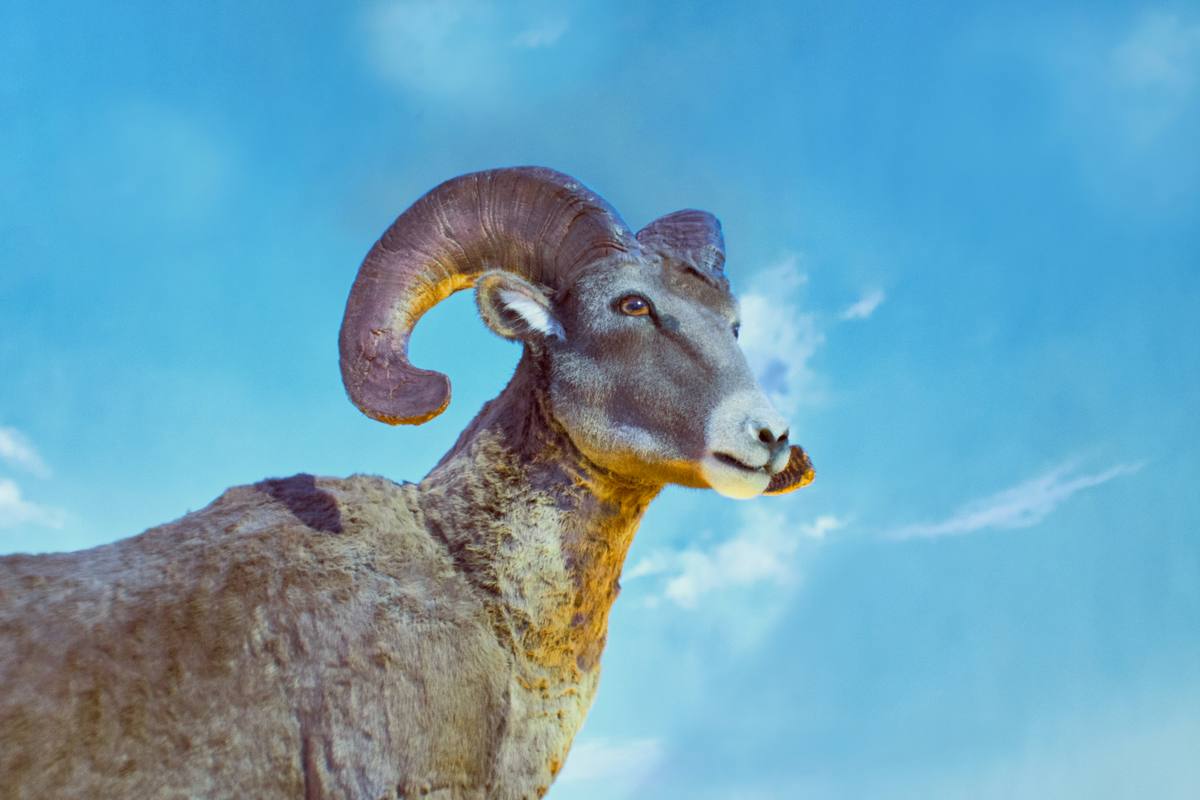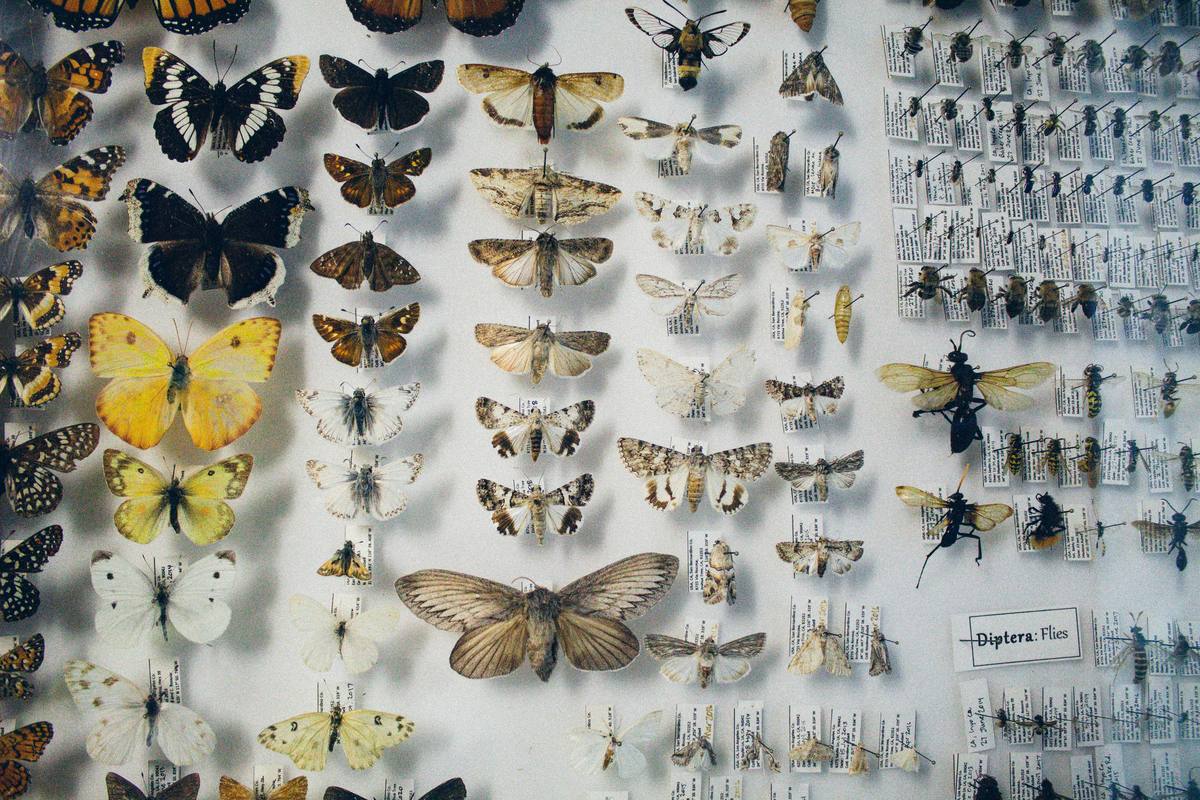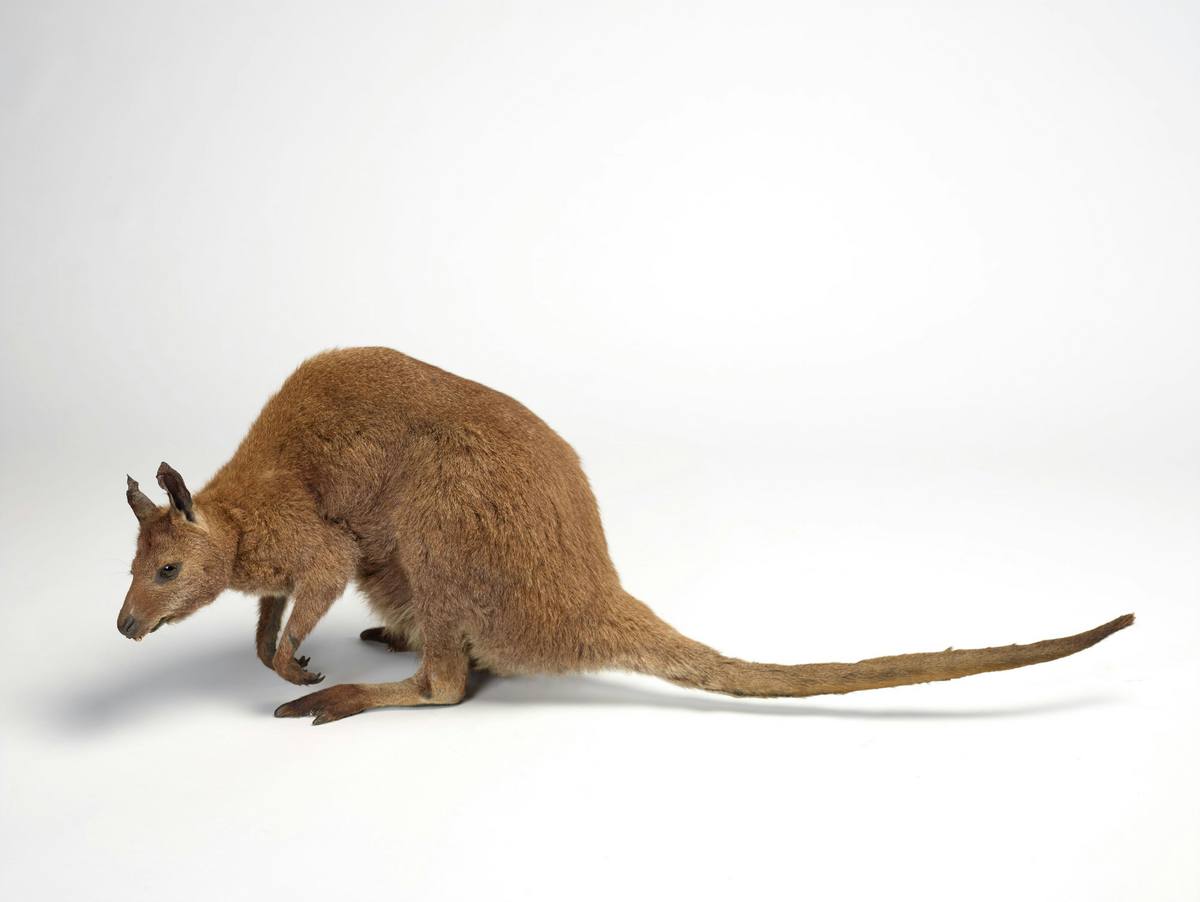Starting Your Own Taxidermy Business
Embarking on the journey of starting your own taxidermy business is an exhilarating adventure, filled with endless possibilities and opportunities to showcase your creativity. It's about transforming your passion for the eternal beauty of nature into a sustainable, thriving business. The first step is immersing yourself in the craft; learn everything there is to know, from preservation techniques to artistic presentation. Networking with seasoned professionals can provide invaluable insights and mentorship, helping you navigate the complexities of this unique industry. Equipping yourself with the right tools and materials is crucial for delivering quality work that captivates your clients. Remember, building a solid foundation through education and preparation will set you apart in the artful world of taxidermy.

The Regulatory Hurdles
Starting a taxidermy business isn't just about mastering the art of preserving animals; it's also navigating through a labyrinth of legal requirements. Each jurisdiction has its own set of regulations concerning taxidermy, which often includes permits for both the practice itself and for handling wildlife. This can be daunting for newcomers who might not know where to begin their inquiry. What complicates matters further is that these regulations can frequently change, requiring constant vigilance and adaptability. It's crucial, therefore, to build a solid foundation by understanding these legal prerequisites to ensure your business operates within the confines of the law.
Finding Your Niche in Taxidermy
In an industry as varied as taxidermy, distinguishing yourself is key to attracting clients and building a reputation. The field spans from traditional mounts to more artistic endeavors involving exotic or fantastical creations. Deciding on your niche requires a deep understanding of both your skills and the market demand. You might find yourself drawn to restoring antique pieces, creating lifelike replicas of pets for grieving owners, or even specializing in educational models for museums. By carving out a unique position in the market, you create a clear path for your business's growth and development.
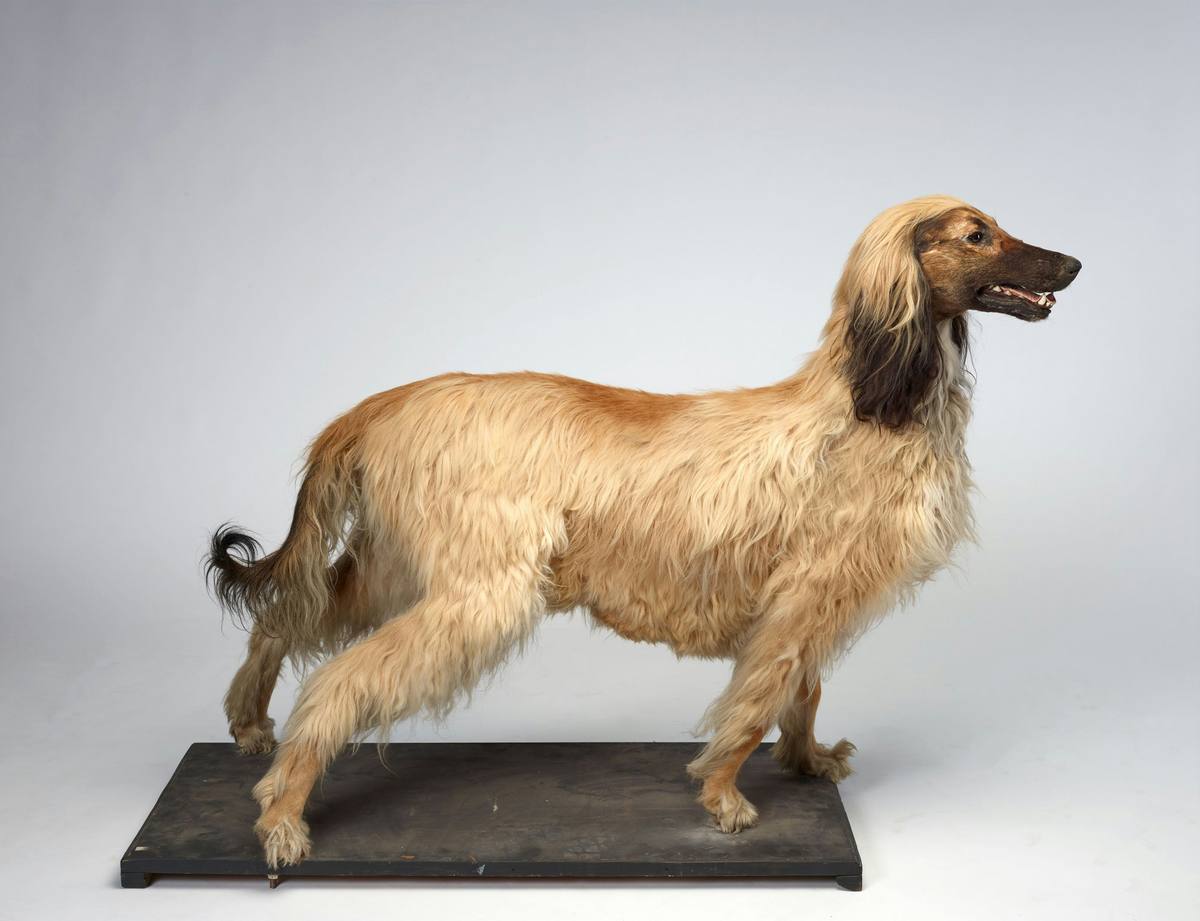
Mastering the Craft
Becoming proficient in taxidermy is no small feat; it demands patience, precision, and an unwavering attention to detail. The learning curve can be steep, often requiring years of practice to perfect. Many successful taxidermists start by attending workshops, enrolling in courses, or seeking mentorship from experienced professionals in the field. This not only helps hone their skills but also aids in building valuable connections within the community. Embracing the journey of continuous learning will not only enhance your craftsmanship but also elevate the quality and value of your work.
Building Relationships with Suppliers
Having reliable suppliers is crucial for a taxidermy business, as you'll need access to high-quality materials and specimens. This means establishing strong relationships with hunters, trappers, and conservation groups who can provide you with legally sourced materials. Negotiating fair prices while ensuring ethical standards can be challenging but is essential for sustaining operations long-term. Furthermore, diversifying your supplier list can help mitigate risks associated with supply chain disruptions. A good relationship with suppliers ensures a steady flow of materials necessary for your projects' success.

Navigating Customer Expectations
As with any service-oriented business, managing customer expectations is paramount in taxidermy. Clients may have specific requests or high standards regarding how they want their specimens preserved or presented. Clear communication from the outset about what is achievable within their budget and timeframe is essential to avoid dissatisfaction. Additionally, educating clients about the process can help set realistic expectations and foster trust. Ultimately, exceeding customer expectations with exceptional craftsmanship and service leads to repeat business and referrals.
Boost campaigns with 250+ editable templates. Save, reuse, and wield design tools for business growth.
Try it for FREE!Embracing Digital Marketing
In today's digital age, having an online presence is non-negotiable for businesses wanting to thrive. For taxidermists, showcasing their work through social media platforms or a dedicated website can attract a broader audience than traditional marketing methods alone. Creating engaging content that highlights your unique skills and finished pieces can capture potential clients' interest. Moreover, leveraging SEO strategies will improve your visibility online, making it easier for customers to find you. Embracing digital marketing not only promotes your services but also establishes your brand identity.
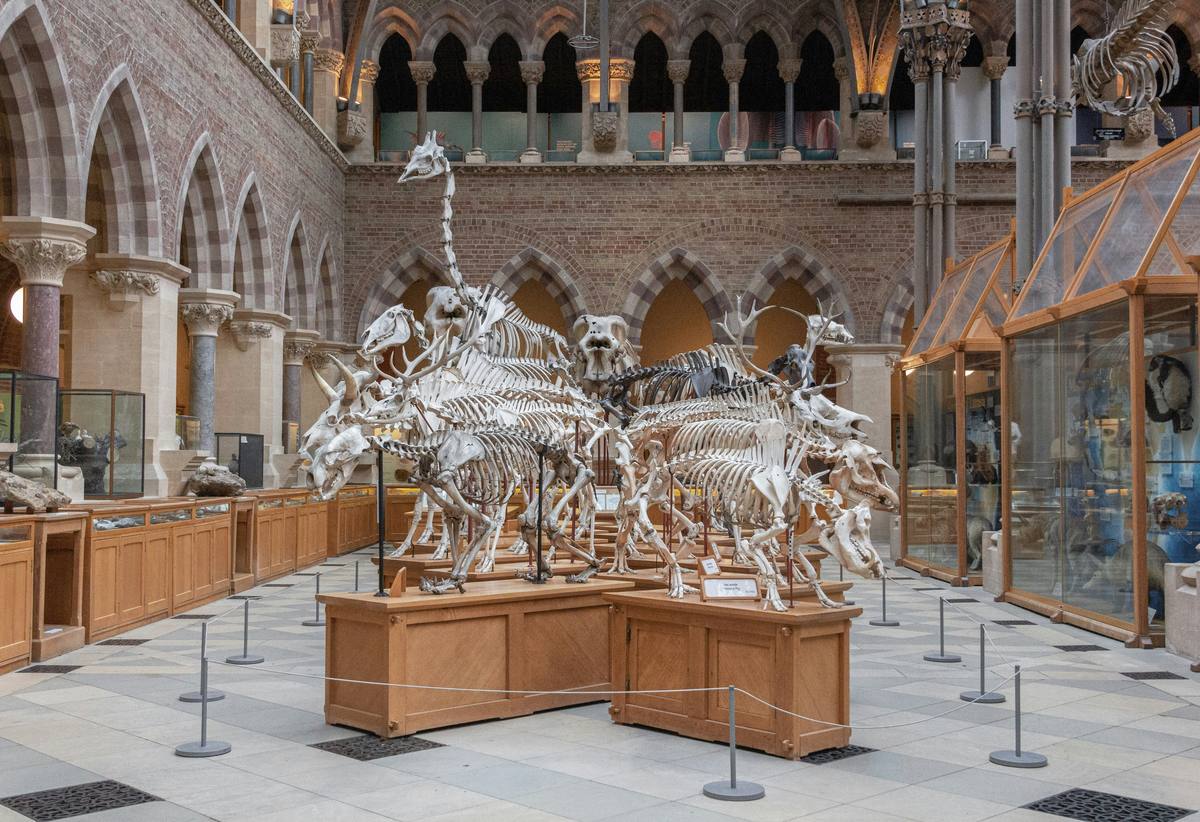
Leveraging Technology for Efficiency
Integrating technology into daily operations can significantly enhance efficiency and organization within a taxidermy business. From client management systems that streamline bookings and communications to inventory tracking software that keeps supplies in check, technology offers solutions that save time and reduce errors. Adopting digital tools for project management allows better planning and oversight over ongoing assignments. Moreover, utilizing specialized design software can aid in creating precise models before embarking on actual preservation work. Investing in tech upgrades pays dividends by optimizing workflow and improving overall productivity.
Designing Your Brand with Desygner
Crafting a memorable brand identity is essential in standing out in the competitive landscape of taxidermy businesses. This is where tools like Desygner come into play; offering easy-to-use design solutions that help bring your branding vision to life without needing extensive graphic design skills. Whether it's creating logos, business cards or promotional material, Desygner provides templates and intuitive design elements that align with your business aesthetics. Emphasizing visual storytelling through consistent branding across all platforms engages potential clients more effectively than words alone could ever do. By leveraging Desygner's capabilities, you establish a cohesive brand image that resonates with your target audience.
Concluding Thoughts on Starting Your Taxidermy Business
In the journey of starting a taxidermy business, it's clear that passion and perseverance are just as crucial as the practical steps. While the road may seem daunting at first, breaking it down into manageable milestones can make all the difference. As you embark on this entrepreneurial journey, keep in mind that every successful business started with a single step, coupled with relentless pursuit and adaptability.
Remember, your unique flair and dedication to your craft will set you apart in the taxidermy world. It's not just about preserving animals; it's about preserving memories and moments. This means not only honing your technical skills but also understanding your audience and market. Networking and building relationships within the community can provide invaluable support and opportunities for growth.
To ensure a smooth start and sustainable growth, consider these key takeaways:
- Develop a comprehensive business plan tailored to your vision.
- Invest in mastering both classic techniques and innovative methods.
- Comply with legal requirements to avoid unnecessary setbacks.
- Understand your market and tailor your offerings accordingly.
- Prioritize high-quality customer service to build loyalty.
- Use social media and online platforms to showcase your work effectively.
- Attend workshops and seminars to stay updated with industry trends.
- Leverage tools like Desygner for professional branding and marketing materials.
In conclusion, while embarking on a taxidermy business requires dedication, creativity, and strategic planning, the rewards of building a brand that reflects your passion for wildlife preservation are immeasurable. Embrace every learning opportunity, stay resilient in the face of challenges, and never underestimate the power of a well-crafted design. For those ready to take their branding to the next level, signing up at Desygner offers an array of tools designed to elevate your business's visual appeal seamlessly.
